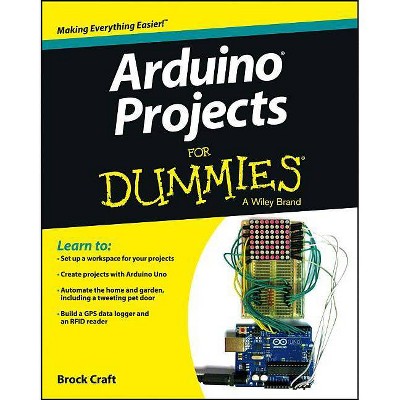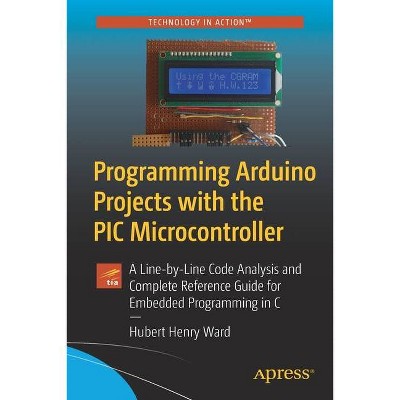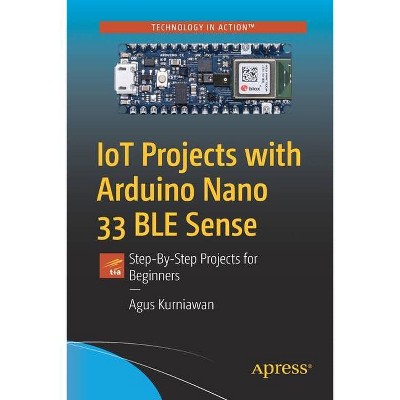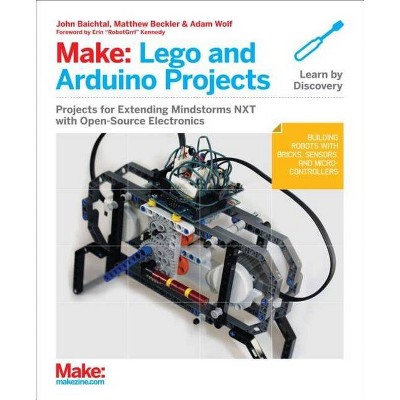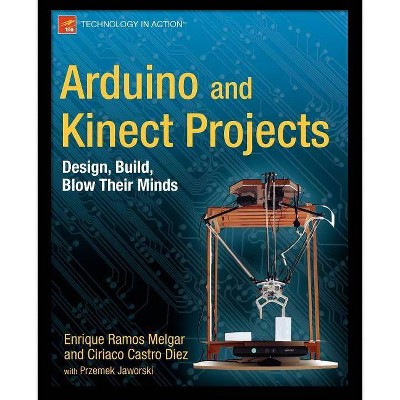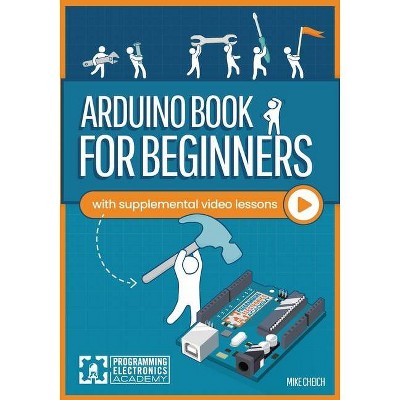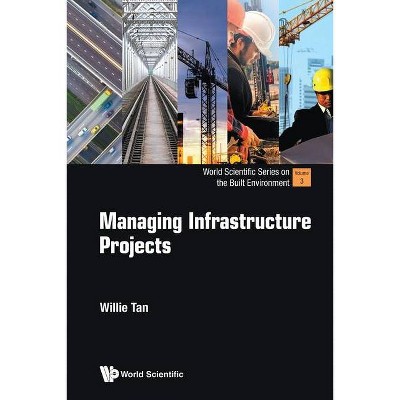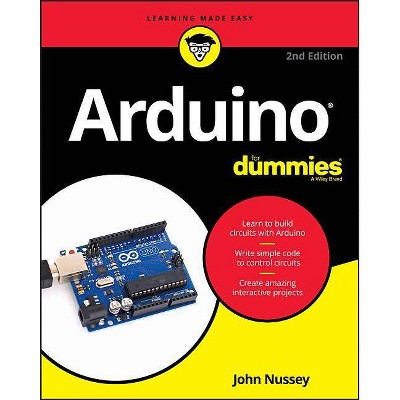Arduino for Projects in Scientific Measurement - by Randy a Normann (Paperback)
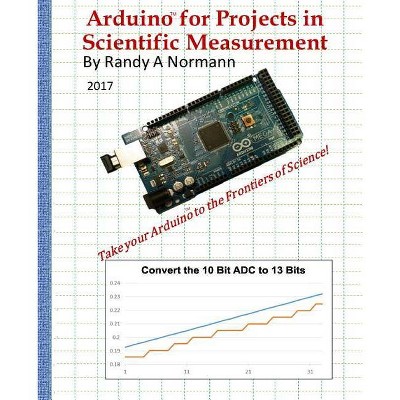
Similar Products
Products of same category from the store
AllProduct info
<p/><br></br><p><b> Book Synopsis </b></p></br></br>If you want to take your Arduino sensor measurement skills to the next level--If you want to publish your findings in scientific publications--If you want to design a data collection system as part of a research team-- If you're a geologist, physicists, volcanologist or any science driven person wanting to learn how to makeyour own electronic measurements--Then I wrote this book for you. I have been making electronic measurements supporting research and development for more than 30 years. In this book, you will NOT need CAD software. I assume the reader is armed with an Arduino Uno, Mega or Due, a handheld scientific calculator, and with some experience with running Arduino sketches (programs).I provide simple analog circuits for interfacing most sensors to the Arduino.I provide insight for avoiding trouble spots when making electronic measurements. I provide some easy to use digital filters and explain why you should not use the "moving average." I tried to provide real world considerations on sampling strategies so the reader can have these discussions with other members on their research team. I provide insight into my considerations when reviewing a technical research proposal. Finally, I provide complete program sketches using the Arduino to capture electronic measurement data, filter it and time tag it. Complete sketches with an SD card, SRAM, 22 bit ADC, 12 bit DAC and more. Sketches based on easy to reference instructions found on the Arduino.cc web site. I want to: Keep it simple, empower the reader to explore where they want to go and embolden the reader publish their results with confidence.<p/><br></br><p><b> About the Author </b></p></br></br>I have been in the research and development business for over 30 years. I have a MS EECE in Signal Processing. I started my career at Sandia National Labs in the telemetry department monitoring both aircraft and missile systems. Our electronic data collection systems measured a wide variety of environmental factors such as vibration, shock, and temperature. We also monitored system performance signals which fired the flight correction rockets. That work afforded me the unique chance to work on a project monitoring the temperature of each tooth of a drill bit while drilling into huge underground waste tanks. Old waste tanks containing solid waste and potentially combustible gases located on government sites. That project lead to my first patent, "Downhole Telemetry System," #5363095. I then transferred to the Geothermal Research Department developing well drilling, well logging and well monitoring instrumentation for extreme temperatures and pressures. I have been a technical reviewer of over 100 research proposals. I have been the technical advisor for scientific experiments with budgets over $10M USD. I have been involved in research for the US Department of Energy (US DOE) and the National Aeronautics and Space Administration (NASA). I have participated in creating standards for commercial aircraft electronic systems under the Society of Automotive Engineering (SAE).
Price History
Price Archive shows prices from various stores, lets you see history and find the cheapest. There is no actual sale on the website. For all support, inquiry and suggestion messagescommunication@pricearchive.us
